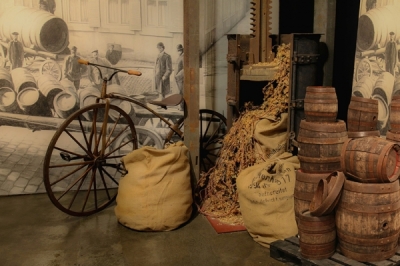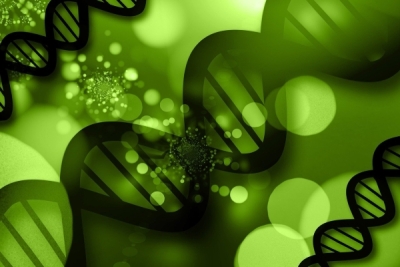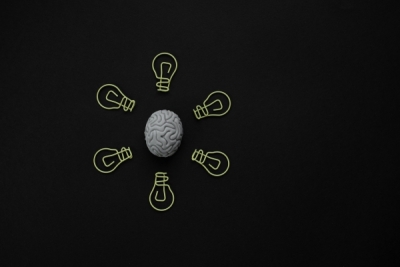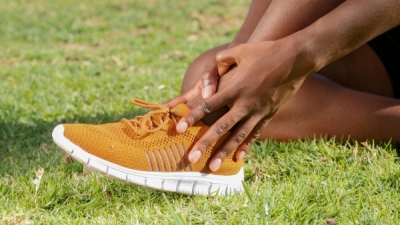Individuals who consume marijuana and alcohol can adopt different consumption patterns. Simultaneous consumption refers to the use of both substances in a very short period of time, allowing the effects of both to overlap and enhance one another. Combined use, on the other hand, refers to the consumption of marijuana and alcohol within the same period, such as over the course of a month, but not necessarily at the same time. (1)
The effects related to overlapping use are characterized by the fact that alcohol increases the absorption of the main psychoactive component of marijuana, delta-9-tetrahydrocannabionol (THC). Furthermore, it has been demonstrated that marijuana is also capable of enhancing the positive (i.e., pleasurable) effects of alcohol, increasing subjective intoxication and raising blood alcohol levels in several doses (2). This synergy of effects is probably related to the popularity of this combination of psychoactive substances, one legal (alcohol) and the other illicit (marijuana) in Brazil.
Evidence shows that there is a tendency for heavier and more frequent use when substances are combined compared to the use of each substance separately (3). The negative consequences of combined use are such as school dropout, worse academic performance, use of other illicit drugs and several risk behaviors, such as driving under the influence of substances (4,5). In addition, higher rates of mental problems and symptoms of dependence are also observed (3).
In relation to traffic, it is important to emphasize that law nº 9,503, popularly known as Dry Law (as Prohibition has become known in Brazil), aims to prohibit people from driving under the influence of alcohol or other psychoactive substances, including marijuana. One study showed that, when compared to alcohol-only users, users who used marijuana and alcohol simultaneously were twice as likely to drive while intoxicated (5). Therefore, programs aimed at educating drivers about the risks associated with driving under the influence of psychoactive substances are highly necessary.
Another study, recently published, evaluated the impact of legalizing the recreational use of marijuana in the United States and the side effects on heavy episodic drinking (binge drinking). The result found related to the implementation of the legalization of recreational marijuana use an increase in binge drinking in the last month in adults aged 31 and over and a reduction in binge drinking in the last month in those under 21 years of age (6). This assessment contributes to the debate on the effects of legalizing recreational use and possible impacts related to alcohol consumption.
Finally, the association of these substances, whether used together or simultaneously, brings significant risks to the health and well-being of individuals, requiring further investigation and studies to assess the damage to our population.











